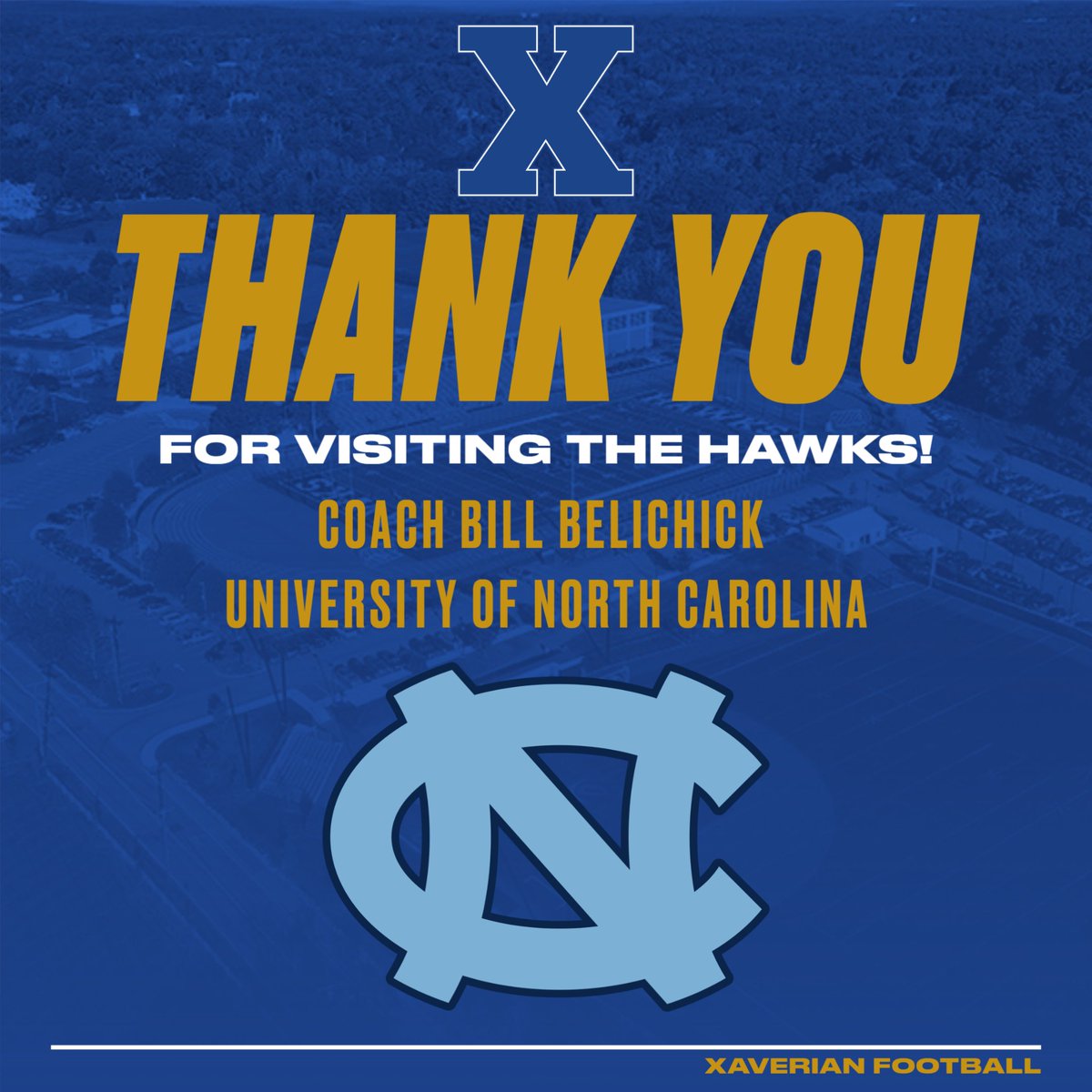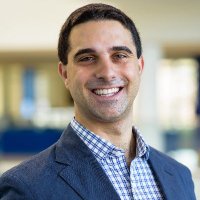
Michael Ross
@michaelrossuml
Assistant Professor, Chemistry, University of Massachusetts Lowell. Nanoscience, plasmonics, catalysis, energy. Group Account: @RossLabUML
ID: 9356662
http://sites.uml.edu/michael-ross/ 10-10-2007 17:45:23
3,3K Tweet
1,1K Takipçi
1,1K Takip Edilen

Great celebrating 33 years of Nanoscience with Chad A. Mirkin Alex Spokoyny Stacey Barnaby Ross


What a great weekend celebrating 33 years of nanoscience with Chad Mirkin at Northwestern and the International Institute for Nanotechnology. What an impact you've had on so many Chad A. Mirkin . Great seeing old friends and new science, until the next one!
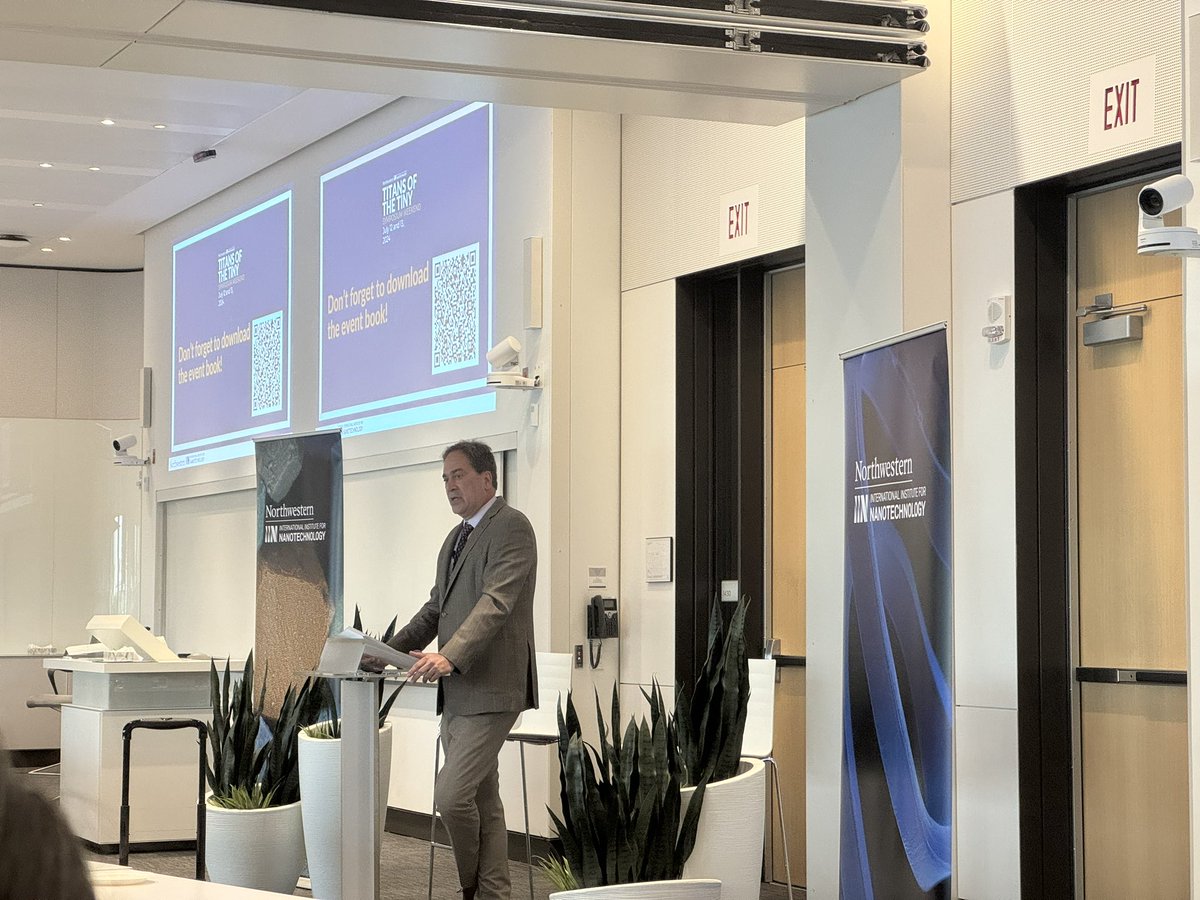
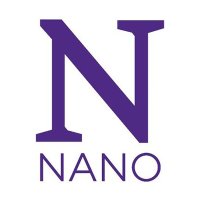


great writeup on our new NIH-funded work on intrinsically disordered proteins on nanoparticles! Kennedy College of Sciences at UMass Lowell UMass Lowell Research uml.edu/News/stories/2…

Looks like David Ortiz is having the time of his life in the Bronx 😂
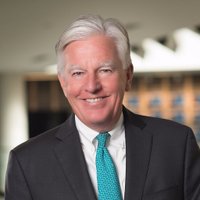
I’m proud to share the exciting news that all undergraduate students from households earning $75,000 or less will be able to attend any UMass campus tuition-free starting next fall: bostonglobe.com/2024/10/29/met… @umassamherst @umassboston @umassd @umasslowell #umass #highered (1/4)



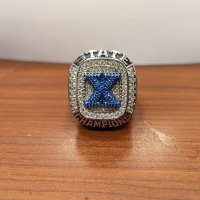
Thank you to the legendary Bill Belichick for stopping by Clapboardtree St to visit with our Hawks! Andrew Blaylock Carolina Football Xaverian Hawks Xaverian Brothers HS
